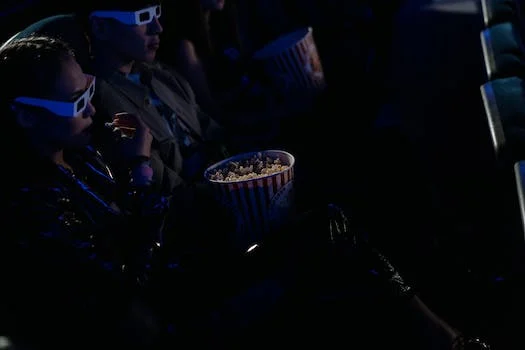You May Also Like
Doctor Who: Fans Given Hope?
It was recently announced that Doctor Who would receive a new showrunner…
- Benjamin Blair
- October 26, 2021
A billion users, stars and controversies: 5 things to know about TikTok
The pinnacle of mobile entertainment or a tool of espionage and propaganda…
- Stephan Terry
- February 24, 2023
A Look at How Casinos Have Become an Integral Part of Modern Cinematography
Cinematography has long been used to portray and scrutinize the most provocative…
- Benjamin Blair
- February 25, 2023
$250 ticket: “unreasonable prices”, laments one patron
With $250 show tickets becoming the norm, it’s practically a luxury to…
- Stephan Terry
- December 1, 2022













